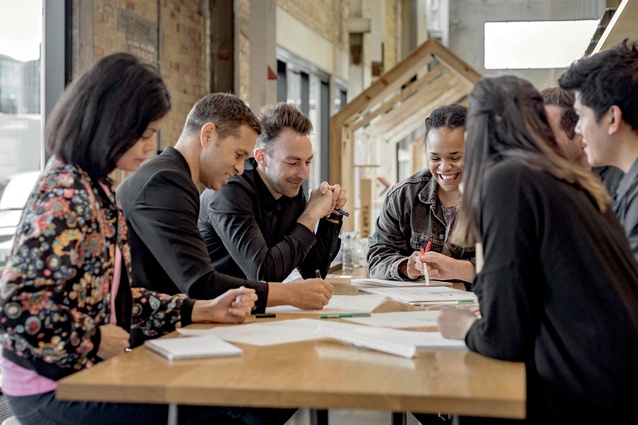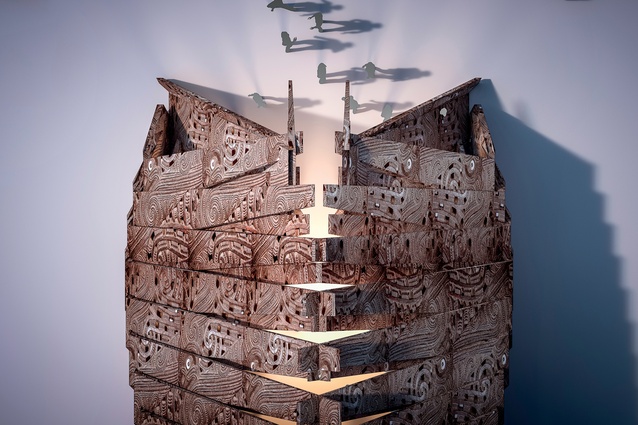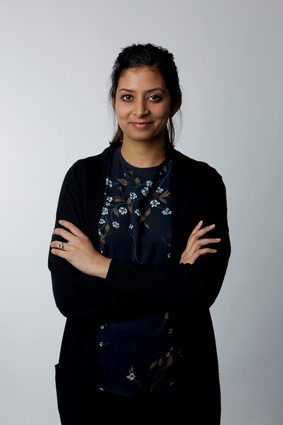Diversity in architecture: part one
What would it mean to have more ethnic diversity within the architectural profession? Camille Khouri and Justine Harvey talk with architects who are working to reflect and cater for our increasingly multicultural community.
Diversity in the New Zealand architectural profession is not just about gender but about including a range of ethnicities, abilities, sexualities, economic backgrounds and ages. Historically, the architectural domain has been predominantly white and male but the industry now realises that creating a more diverse profession is hugely important for a number of reasons. In a future edition, we will cover gender diversity but, in this part of the series, we focus on ethnicity.
Why we need diversity
Greater diversity would create a built environment that more effectively represents and caters for the multicultural population of our country. It can also aid architecture’s crucial role in communicating our national identity overseas while honouring Treaty of Waitangi obligations at home, and helping to repair the damage of colonisation and to show respect to our indigenous Māori culture.
According to research by Stats NZ in 2016, 74 per cent of New Zealand’s population is made up of people of European descent. The largest minority group, at 14.9 per cent, is of Māori descent, followed by 11.8 per cent with Asian heritage and 7.4 per cent who are non-Māori Pacific Islanders.
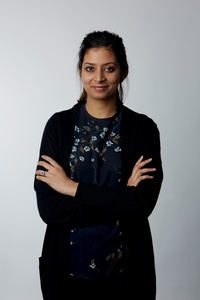
However, it is difficult to obtain true figures on the diversity of ethnic groups in New Zealand architecture offices, says past NZIA President Christina van Bohemen. “We know that there are very low numbers of graduates who identify as Māori and Pasifika. Again, anecdotally, we can say that the graduating years include a range of New Zealanders who come from Asian families – thereby reflecting national demographic changes – but this demographic change is not visible in the New Zealand architecture scene.”
“Enabling diversity within the profession of architecture ensures that we, as a profession, can stay relevant,” says Divya Purushotham, the recently appointed co-chair of Architecture+Women.New Zealand (A+WNZ). She was also a driving force behind the Diversity and Inclusion Panel, an A+WNZ event held at Warren and Mahoney earlier this year.
“The face of New Zealand is changing and, ultimately, the industry will need to be able to reflect the communities we are designing for, to create the best outcomes for shaping our built environment. Diversity also enables practices to attract the best talent by not restricting their workforces and simultaneously engaging with a very dynamic context and client base. Graduates are diverse – practices need to ensure they remain relevant to attract the best talent.”
When it comes to the inclusion and recognition of minority groups in the workplace, Purushotham says that it is a case of getting to know staff and understanding what is happening in the office and why. “Organisations can start by setting up a platform for minority groups to have a voice to speak about what’s working and what’s not working. Educating senior management and creating awareness at leadership levels are key ways to drive change,” she says.
“We measure so many aspects of our practice management without hesitation, yet tend to overlook equity and diversity. The business case to include this measuring, and therefore seeing, has been proven now for more than a decade.”
Change-making
Purushotham is a graduate architect at Warren and Mahoney’s Auckland office, which has recently set up a support group known as Te Matakīrea, The Advanced Māori Design Unit, within the practice to ensure Māori values and ideas are embedded within projects from conception. “These are conscious initiatives being put in place and we are already seeing benefits in the studios, and the positive impacts on work produced and workplace culture,” she says.
Back in 2015, Brendan Himona, Elisapeta Heta, Rameka Alexander-Tu’inukuafe and Haley Hooper set up Waka Maia, the Māori Cultural Advisory Group at Jasmax, to facilitate engagement with mana whenua groups on built-environment projects. For the past three years, the group has been using frameworks like Te Aranga Māori Design Principles to work with mana whenua representatives and artists, as well as internal teams to co-design outcomes in projects. The group has been instrumental in developing the firm’s cultural capacity and understanding of tikanga (the Māori way of doing things) and te Reo (Māori language).
Te Aranga Māori Design Principles were developed in 2005 by Māori design professionals as a response to the New Zealand Urban Design Protocol, implemented by the Ministry for the Environment Manatū Mō Te Taiao. Since then, they have been developed and adopted by Auckland Council, with the support of Ngā Aho, the society of Māori design professionals, and are being promoted across all council-built projects. Basically, the principles enable Māori values to be incorporated into the design process, improving awareness and engagement with mana whenua on sites of cultural significance in Auckland.
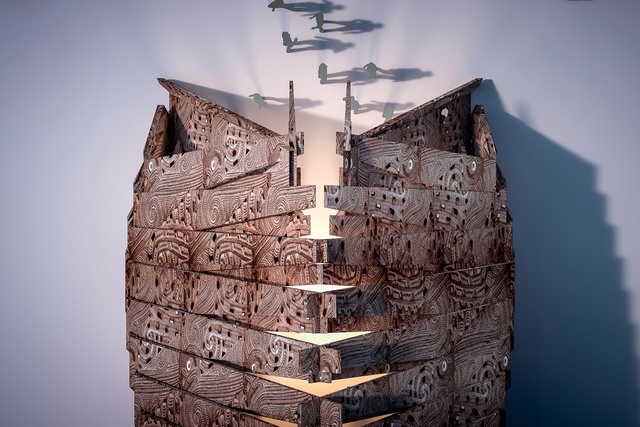
In 2016, representatives of the NZIA and Ngā Aho signed Te Kawenata o Rata, a covenant that formalises a relationship of cooperation between the two groups and enables future joint strategies and action plans. The kawenata agreed upon ongoing representation of Ngā Aho on the Council of the NZIA. It also supports relationships between the NZIA’s eight branches and their local marae, offering opportunities for members to discuss architecture and important local issues and priorities.
Launched in April this year, The Diversity Agenda is a partnership between NZIA, Engineering New Zealand and ACENZ, which aims to increase the number of women in architectural and engineering practices by 20 per cent in the next three years, as well as to push for a more diverse workforce in terms of culture, ethnicity and sexuality. It involves a tikanga for participating practices to commit to; it enables them to consider their current standing in terms of office culture, equity and unconscious bias.
Pākehā learnings
Wellington-based practice Tennent Brown Architects is a Pākehā-led practice that has been actively engaged with tikanga. Director Hugh Tennant says his team’s learnings began when the firm was initially chosen to work on iwi-led projects, starting with the Mana Tamariki project in Palmerston North, a te Reo immersion educational environment completed in 2006.
“They were interested in us mainly because of the spiritual work we had been doing for the Buddhist community, which has a lot of wairua (spirit or soul) in it that they recognised: so, not a commercial thing but one with more cultural depth and reflective spaces. I didn’t know any te Reo at that point but it struck me as being important not to go into that working relationship without making some effort towards the language; so, I asked Māori friends to help me write mihi (a greeting or introduction) and to understand more.”
Tennent describes the process as a long and hard journey involving some intensive periods of learning: “I love the language; it has a beautiful effect in terms of the quality of thinking and communication. When I am in those contexts, I want to learn and be more responsive. The language also helps me to understand the concepts that are alive in the tikanga and then to try to give those life through the architecture.”
Tennent admits that he’s still just a beginner. “I try to engage in the mihimihi and in the thinking and to take part in the kawa – the protocols of pōwhiri (welcoming ceremony). It’s also really important to understand the spatial arrangements that support kawa. Obviously, I’m not versed in them because I’m Pākehā but it’s through talking and listening that understanding grows.
“There is a lot of diversity in the Māori world; different people want different things but there’s also the commonality of giving expression to the tikanga and supporting their kawa. It’s a great environment to work in because they want to be so expressive in a new way. They finally have the opportunity to build significantly for themselves and it’s happening here only in terms of Te Ao Māori building – it’s a unique thing.
“That expression is a really strong value for Māori, which isn’t generally as strong in Pākehā projects – and it’s a great thing to respond to as architects. What I love is that it’s so community focused. It’s not about individual expression, it’s about the well-being of the group. It’s values first, over pragmatics and costs. It’s coming from values.”
Tennent says that he hasn’t felt that he needed to be Māori to work with iwi. “They want something from what we can offer and they are open to that. It’s about whether it resonates. It’s more about the ideas than the cultural background of the architect. There are some things I got wrong by not being aware of some protocol or aspect of tikanga and then I would be told and would work hard to make that work.
“They focus on the wairua – those things that are not quite so ‘out’ and ‘seen’ but more ‘felt’ human experiences. Every project is a massive learning for me and this makes it very rich. I’m not expert at all but I go into the speech situation trying to listen, putting forward ideas and trying to understand the spatial sequencing around rituals. It’s important to access the people in the project group who really hold the mana and understand what needs to be valued and to work with them to make sure that we are getting it right.”
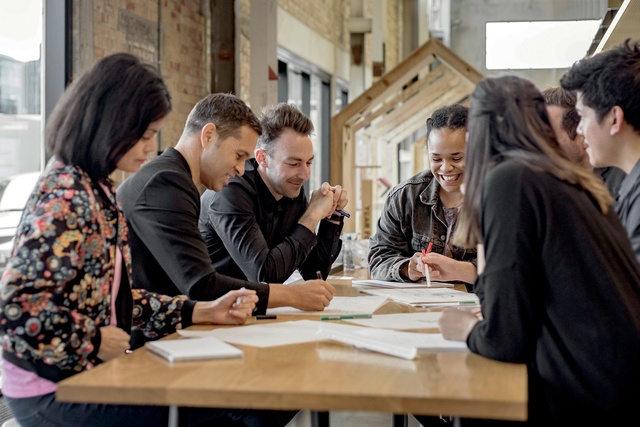
A new generation
Architects and educators like Rewi Thompson, Rau Hoskins, Deidre Brown and Perry Royal, among others, have had a huge influence on the younger Māori architects and designers who are now making their way in the profession, including Te Ari Prendergast from TOA Architects who explains the legacy of those architects on his own practice:
“I have had a really privileged career in that I have worked for Bill and Perry (Royal) and with Rewi on projects. Rau has always been a big mentor for me through Ngā Aho as well and, more recently, I have been working for Nick (Dalton) at TOA Architects. They have paved the way and done the hard yards and allowed us to be in this spaceand that’s something I am always mindful of.
“We can be like deer and charge ahead but we have the freedom to do that because other people have been hitting their heads against walls and have really had to fight their way into that space to allow us to have that space also. I have always been pushed to really test things – to give designs another 30 per cent more wairua – because it takes a lot of confidence to design in a new space where there is no precedent. To know that I have that grounding gives me the space to do that.”
For some of the younger generation of architects with different iwi affiliations, there is often a general assumption among some architectural firms and clients that they should understand iwi other than their own – a kind a one-size-fits-all understanding of the culture.
“We have figured out that it’s actually really quite delicate,” says Nick Dalton, also from TOA Architects. “We approach it with honesty and integrity, and legacy and respect. What you don’t know, is for them to bring to you. If you turn up with a standard ‘kōwhaiwhai pitch’, it won’t work. You ask anyone from Tūhoe if they’re Māori, and they say “no”. The term ‘Māori’ has been lumped on us but, for me, there’s an opportunity to make it what it should be. It’s beautiful in my mind.”

